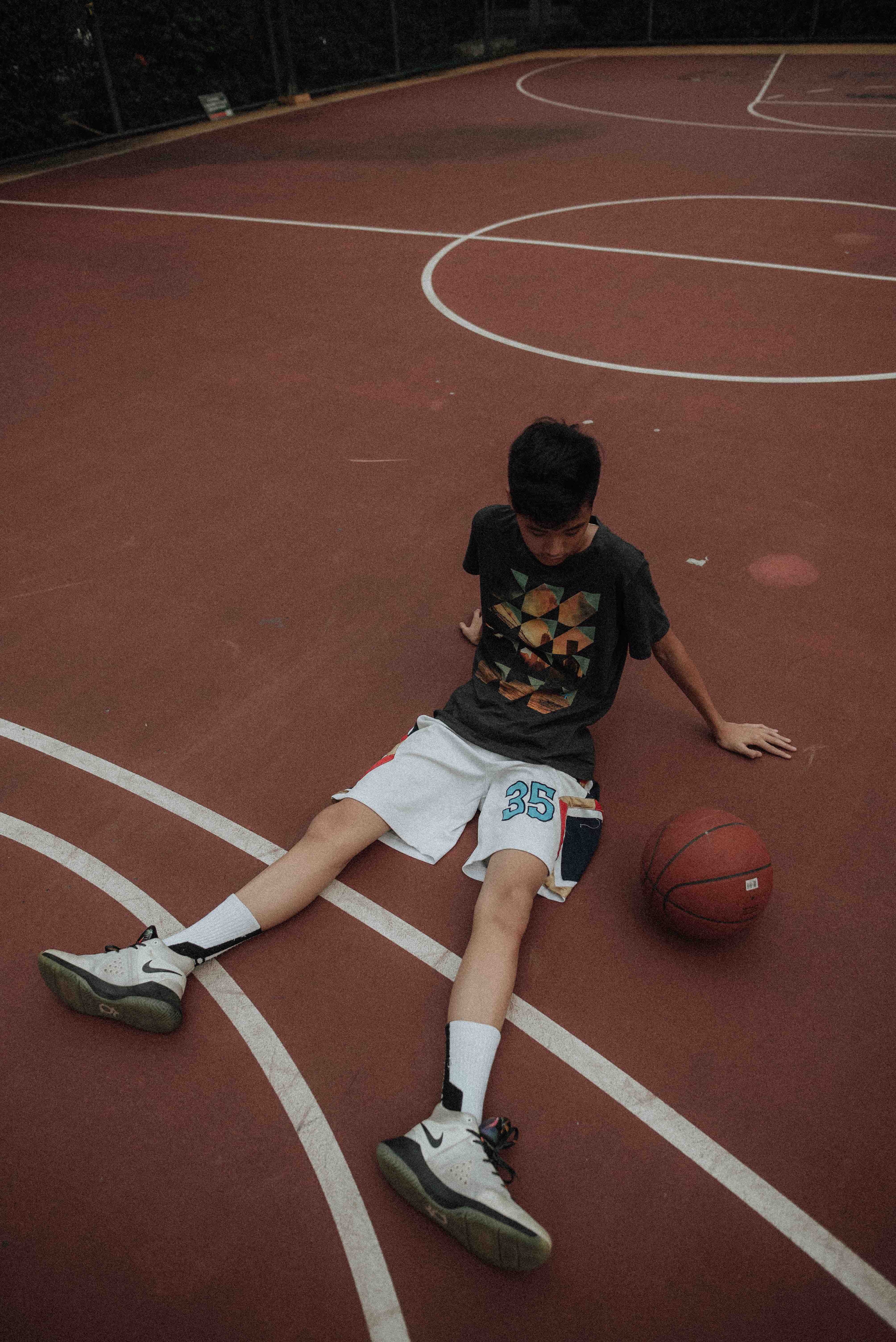Visit
Physiosports Brighton,
429 Nepean Highway, Brighton East,
3187, VIC, Australia
Call
Fax
03 9596 9155
physiosports@physiosports.com.au

As sports injury managers, we are often asked this question, and especially regarding children and adolescents, with the expectation that ‘kids shouldn’t get injured’.
In a general sense ‘too much’ sports or activity is related to the individual CAPACITY (red line below). Each body has a capacity to endure a certain LOAD, with many variables playing a role. If the individual is active above this capacity, then the body is more at risk of injury. Importantly the body can increase its capacity.
This is called the training effect.

By working just in the right range, we get a training effect that increases the capacity of the body, tissues, bones and joints, to handle sport and activity as per diagram 2 below.

The calculation is not as simple as shown, as day-day and month-month other factors can affect capacity including fatigue, lack of sleep, diet, poor immune function, stress and hormone changes. During the growth phase of children many of these ‘other factors’ come into play, as well as the mechanics of the body and the unique nature of the way muscles attach to bone during puberty.
How much sport is too much is difficult to quantify. In adults and children pain and soreness can be a good guide, as well as fatigue and wellness.
For a TRAINING LOAD INJURY (ie not a specific acute injury but soreness or pain due to overload) one can pain monitor – soreness which is a maximum of 1-2/10 is tolerable and maybe normal during and for 24 hours after activity, but any higher ratings OR pain that limits training/playing is too much. Activity needs to be modified or decreased. Extreme fatigue or being unwell related to activity is another indicator that activity should be modified or reduced.
In children growth and development phases are from 8-16years with girls slightly earlier, and the capacity of the individual will vary greatly with spurts of growth and hormonal change.
TAKE HOME MESSAGE:
For more information about athlete load management speak to your Physiotherapist.